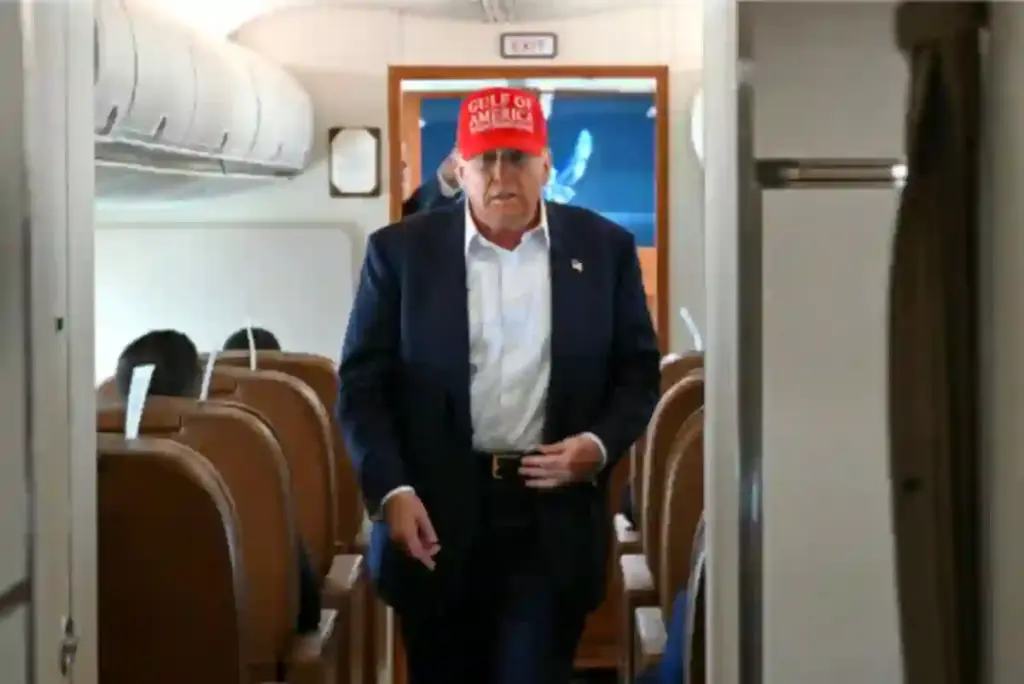With just days to go before the U.S. slaps steep new tariffs on dozens of its trading partners, a flurry of last-minute talks is unfolding around the world.
From Vietnam to the European Union, countries are scrambling to avoid falling on the wrong side of Donald Trump’s trade hammer, set to strike again on July 9.
This new round of tariffs, announced back in April, is rooted in Trump’s claims that the U.S. isn’t getting a fair deal from its global trade relationships.
While a 10% baseline tariff was put in place, higher penalties were delayed to give countries time to negotiate. That window is now closing fast.
What Are the Options for Countries Trying to Avoid the Tariffs?
According to analysts, nations essentially face three possible outcomes:
-
Strike a limited deal or framework agreement before July 9.
-
Get a temporary extension on the 10% tariff pause.
-
Face higher tariffs, some possibly going up to 50%.
Who’s Close to a Deal?
U.S. Treasury Secretary Scott Bessent hinted that some deals are just about ready.
While he didn’t name countries specifically, he did say around 18 key trade partners are currently in negotiation with Washington.
One expert, Wendy Cutler of the Asia Society Policy Institute, believes Vietnam, India, and Taiwan look most likely to secure agreements.
Without a deal, those countries could see their tariffs shoot up—Vietnam’s could leap from 10% to a staggering 46%, India’s to 26%, and Taiwan’s to 32%.
India might be especially close, with their negotiators extending their U.S. trip to continue talks.
Japan, however, seems to have hit a rough patch.
Trump recently criticized Tokyo for refusing to open its market to American rice, which could stall their progress.
These Aren’t Full Trade Deals, Just Stopgaps
Let’s be clear—none of these expected agreements are full-blown trade pacts.
They’re more like short-term understandings aimed at avoiding a tariff spike.
So far, the only deals Washington has formally announced include one with Britain, and a temporary duty-lowering pact with China.
Some Countries May Get More Time
Not everyone needs to seal the deal right now.
Bessent said that nations “negotiating in good faith” might be allowed to continue under the 10% tariff for a little longer.
But ultimately, it’s Trump’s call whether those extensions are granted.
With a new government in South Korea, analysts think Seoul is in a good position to secure more time.
Many others might fall into this “pause” category too, potentially getting relief through Labor Day, which lands on September 1.
What Happens to the Holdouts?
Countries that don’t fall in line—or drag their feet—may not be so lucky.
For those seen as “recalcitrant,” Bessent warned that higher tariffs could be reinstated—ranging anywhere from 11% to 50%.
Japan, for instance, could see its tariff shoot back up to 24%, especially with the ongoing rice dispute and U.S. resistance to budging on automotive tariffs.
Trump even suggested tariffs for Japan could go as high as “30 percent, 35 percent, or whatever the number is that we determine.”
The European Union isn’t off the hook either.
Tensions are rising, particularly over digital regulations and taxes.
Trump recently canceled trade talks with Canada after they introduced a digital services tax, which they later promised to drop.
The EU’s similar stance might put them in the firing line too.
Brussels Makes a Last-Ditch Push
In a clear effort to avoid a tariff war, EU trade chief Maros Sefcovic is in Washington this week, trying to hammer out a deal.
The European Commission is already reviewing early draft proposals as negotiators work against the clock.
What About South Africa?
While South Africa isn’t front-and-center in this round of tariff changes, it’s worth watching closely.
Any ripple in global trade—especially from giants like the U.S., EU, or Japan—can have indirect consequences for South African exports and supply chains.

